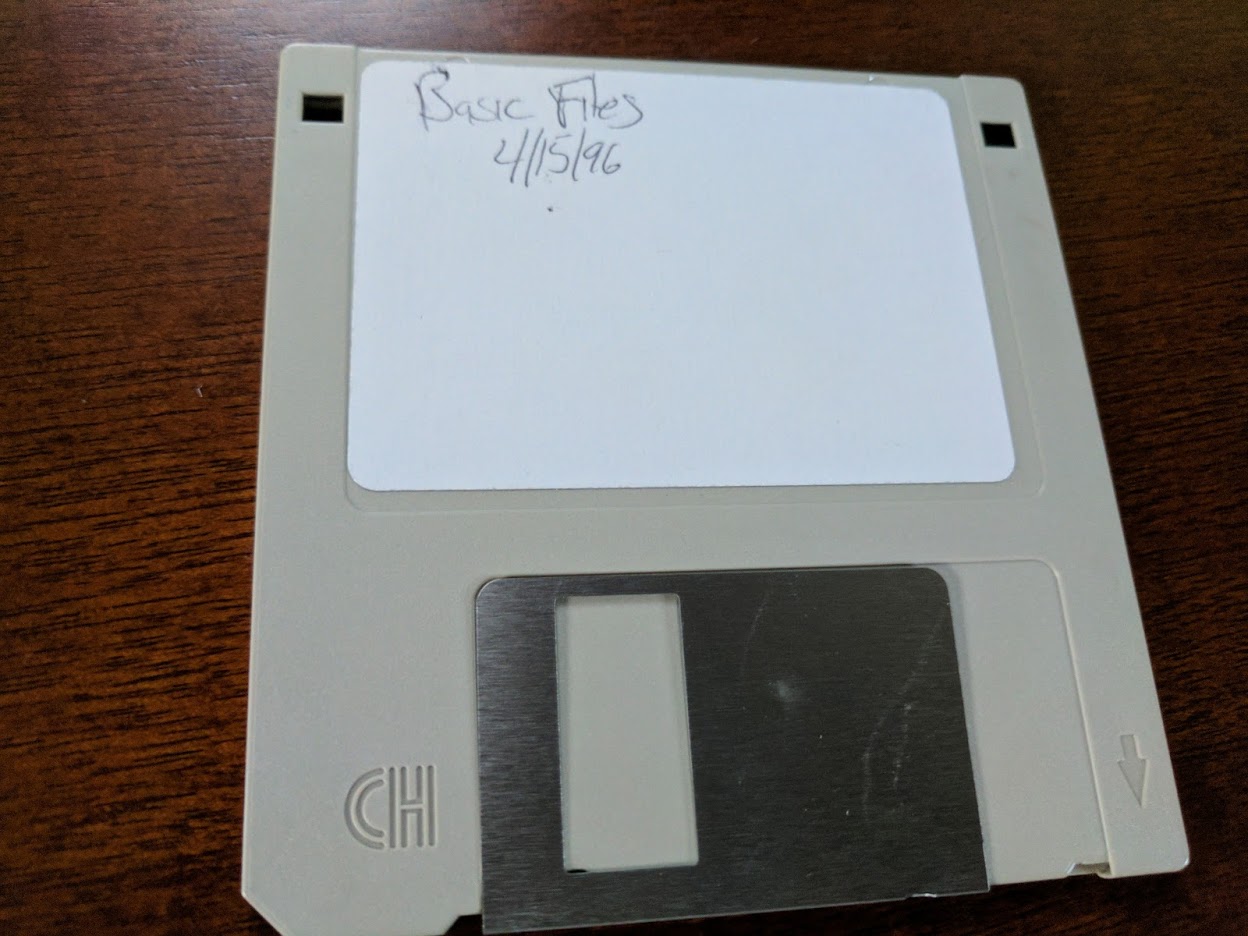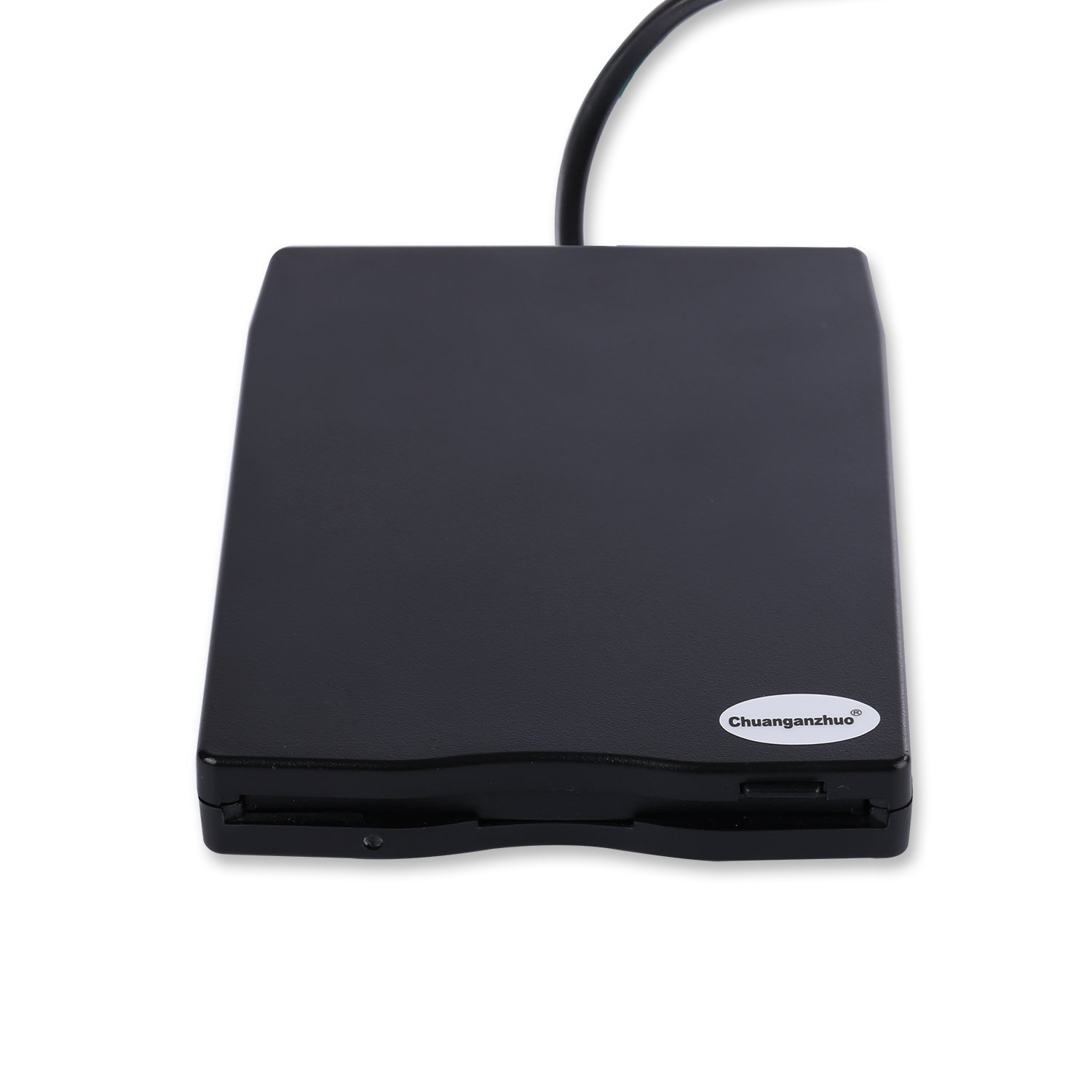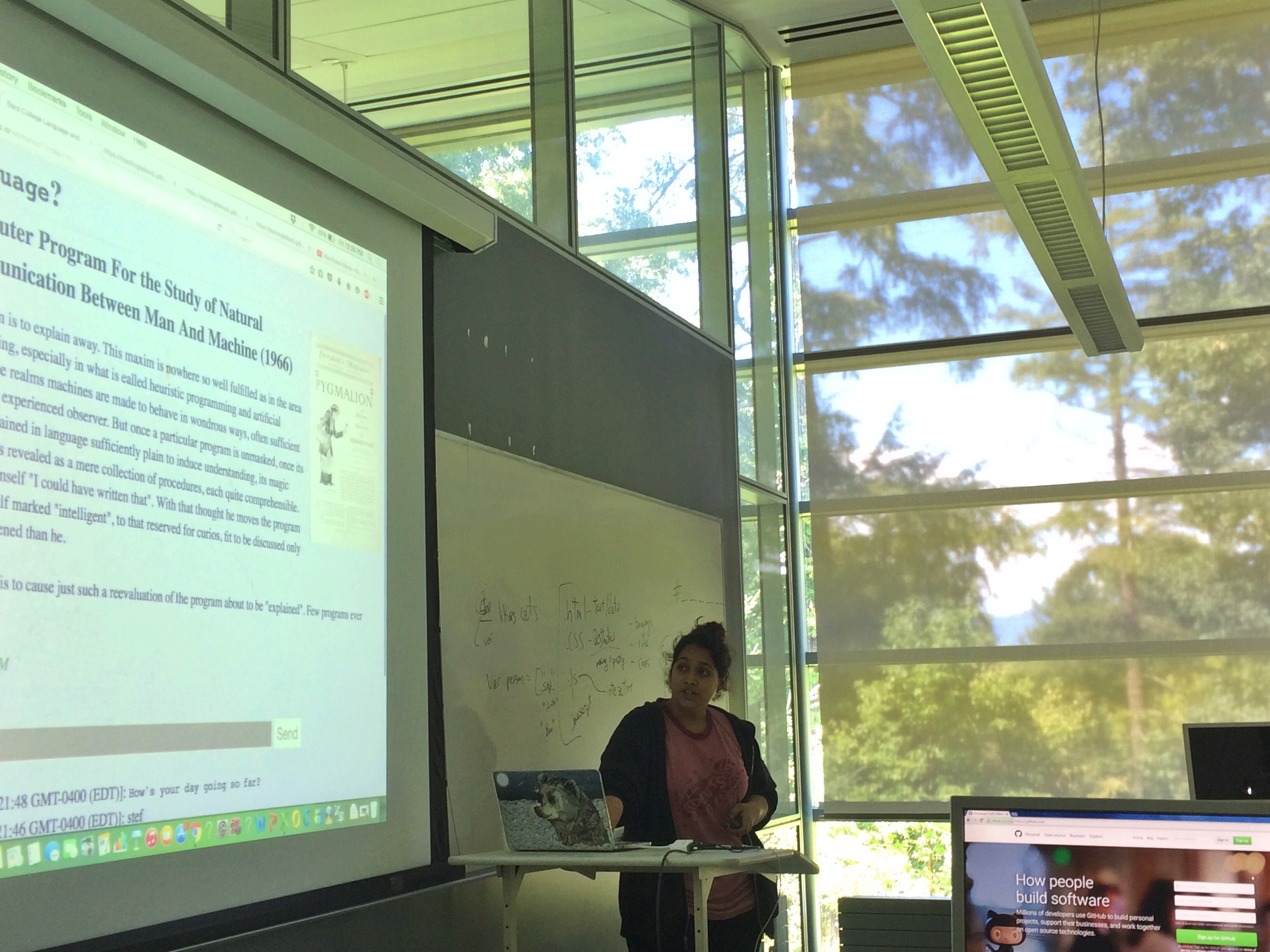Dear First Gen Twenty Year Olds,
At this moment in 2025 in the ol’ US-of-A, traditional higher education is seen as overvalued and even suspect. Not everywhere, but the view is spreading.
My advice about pursuing higher-higher-ed is this: the long standing deal of trading money for stability and freedom is not on the table anymore in this country and you should know that before diving in to graduate school or academia. Higher education will continue, but its career preparation purpose is overtaking any broader notion of knowledge seeking in its own right. I’m not happy about this, but I think it’s true and someone should tell you.
Continue reading Behold First Gen Faculty: Beware (or Be Bold)




